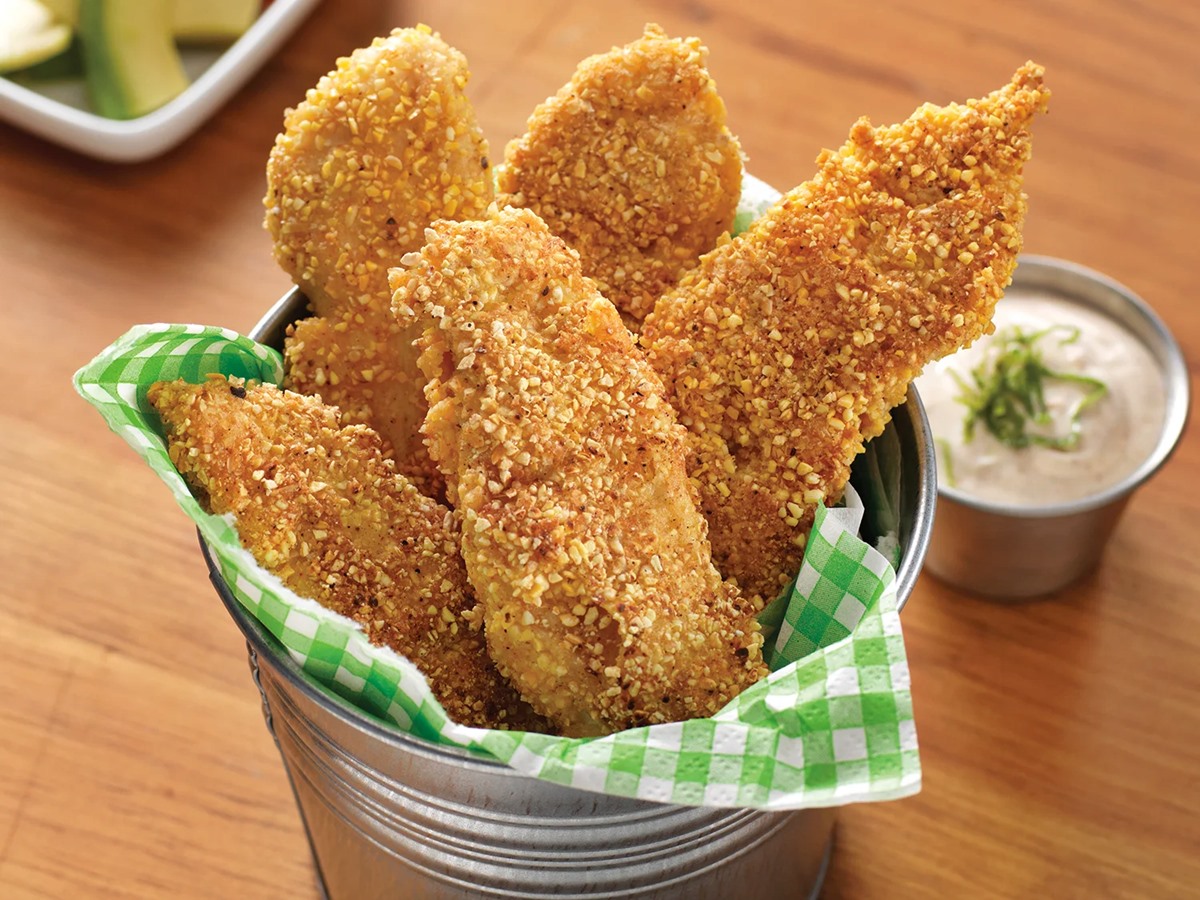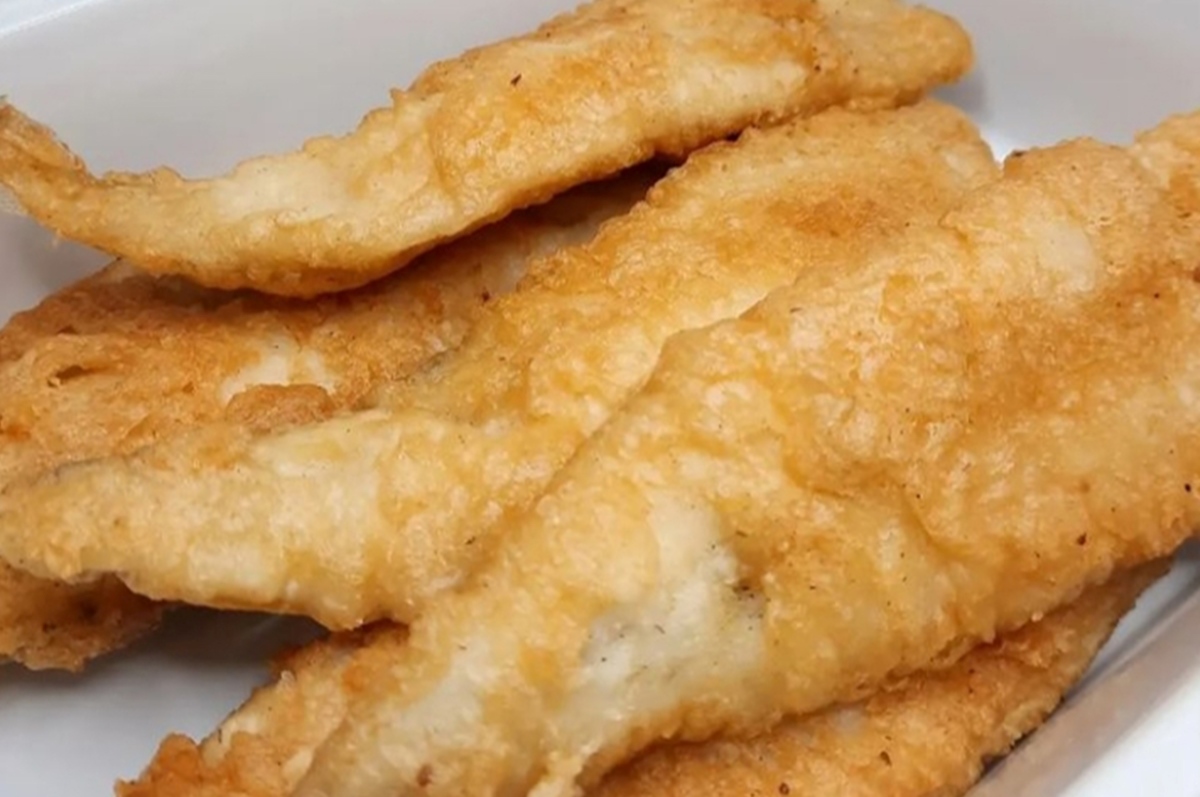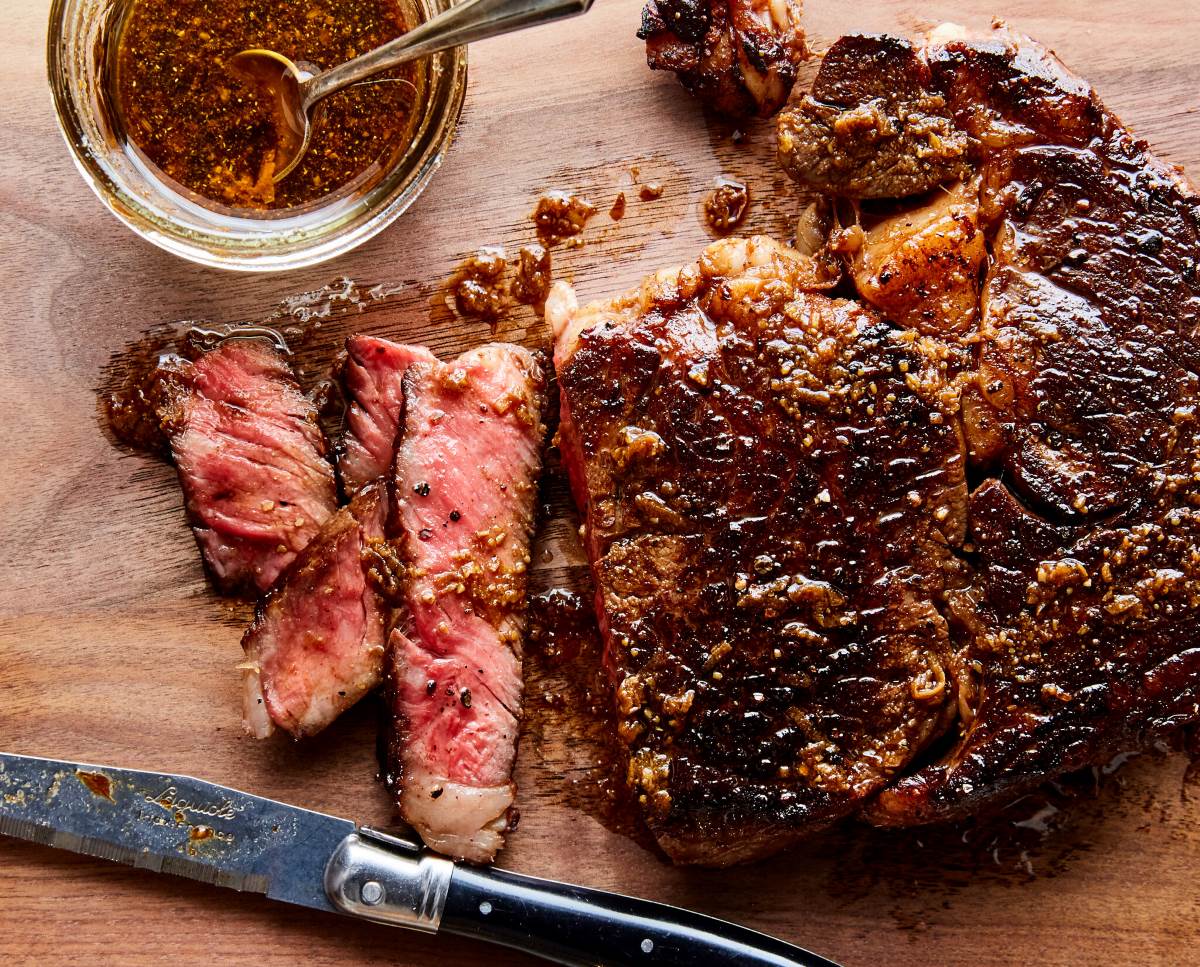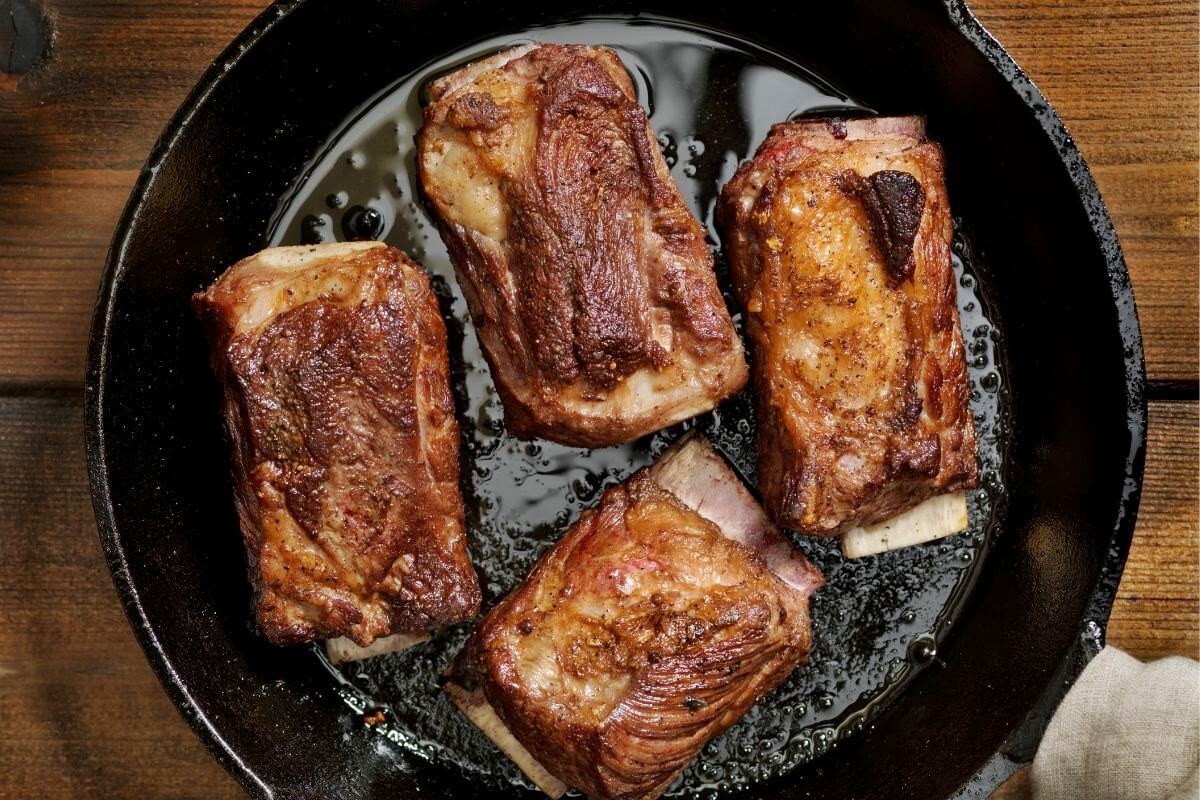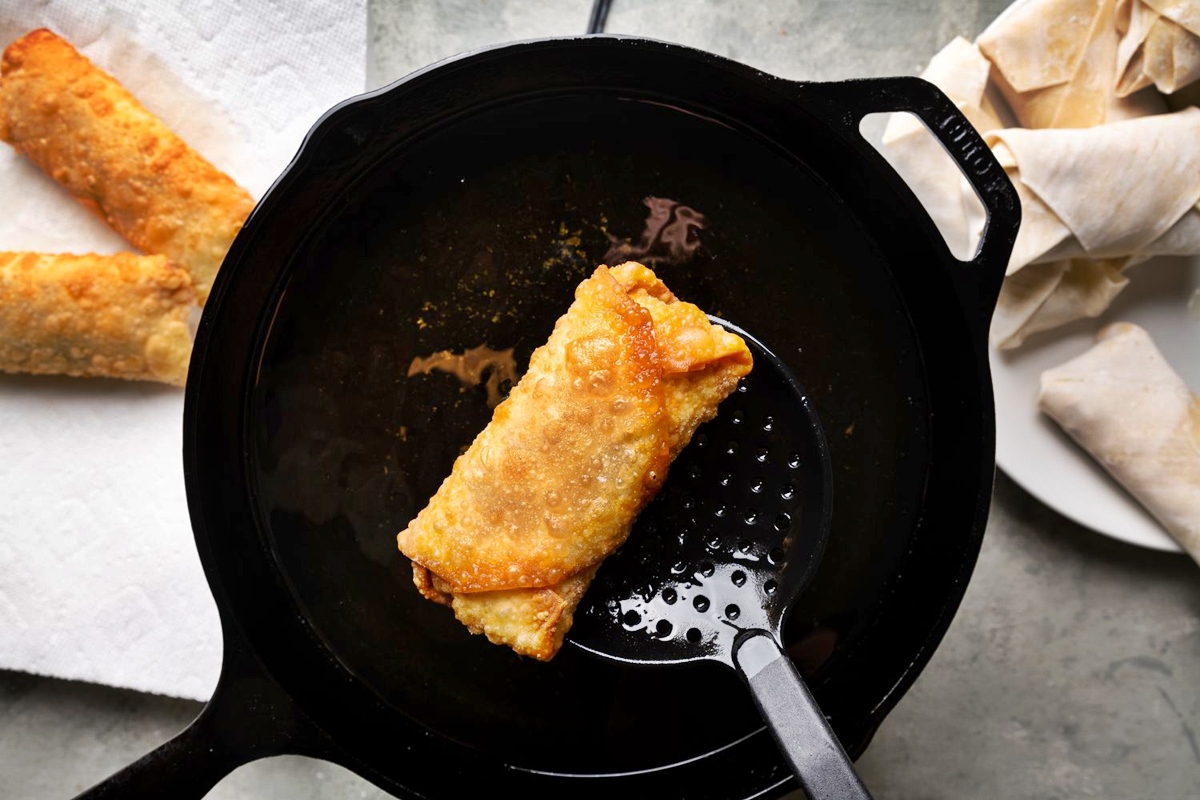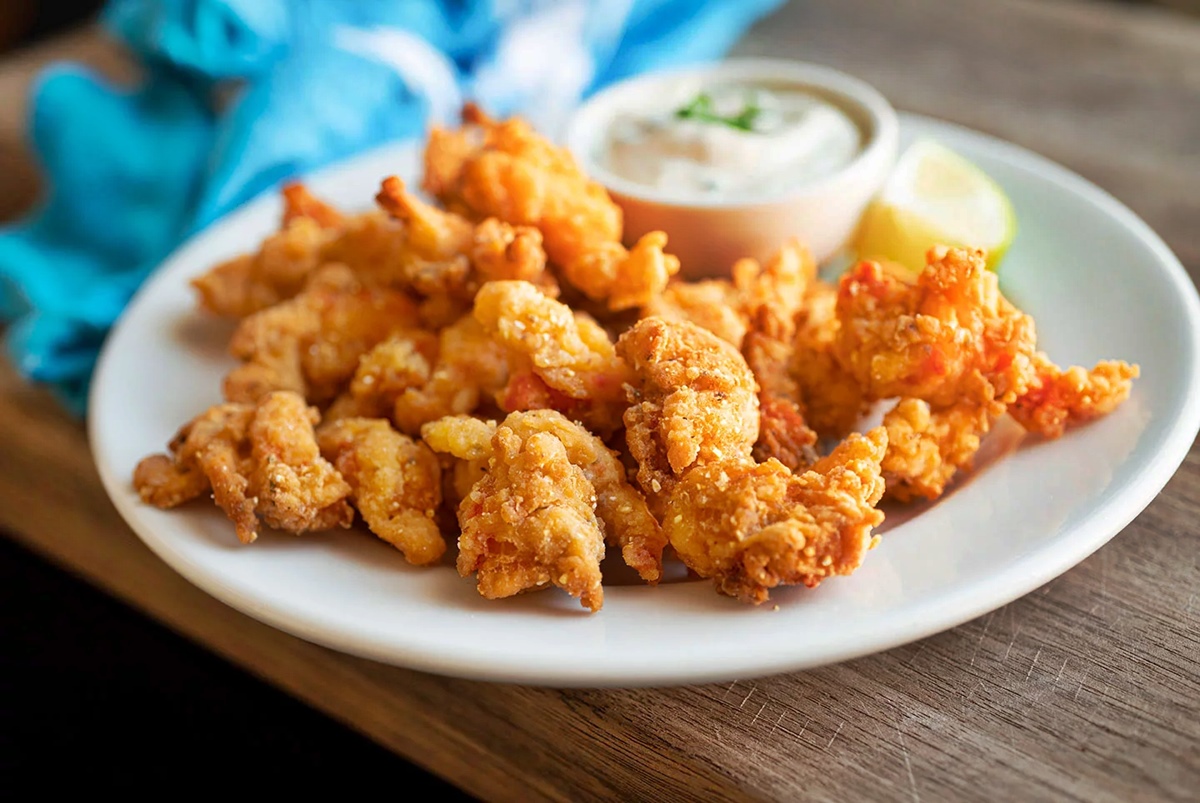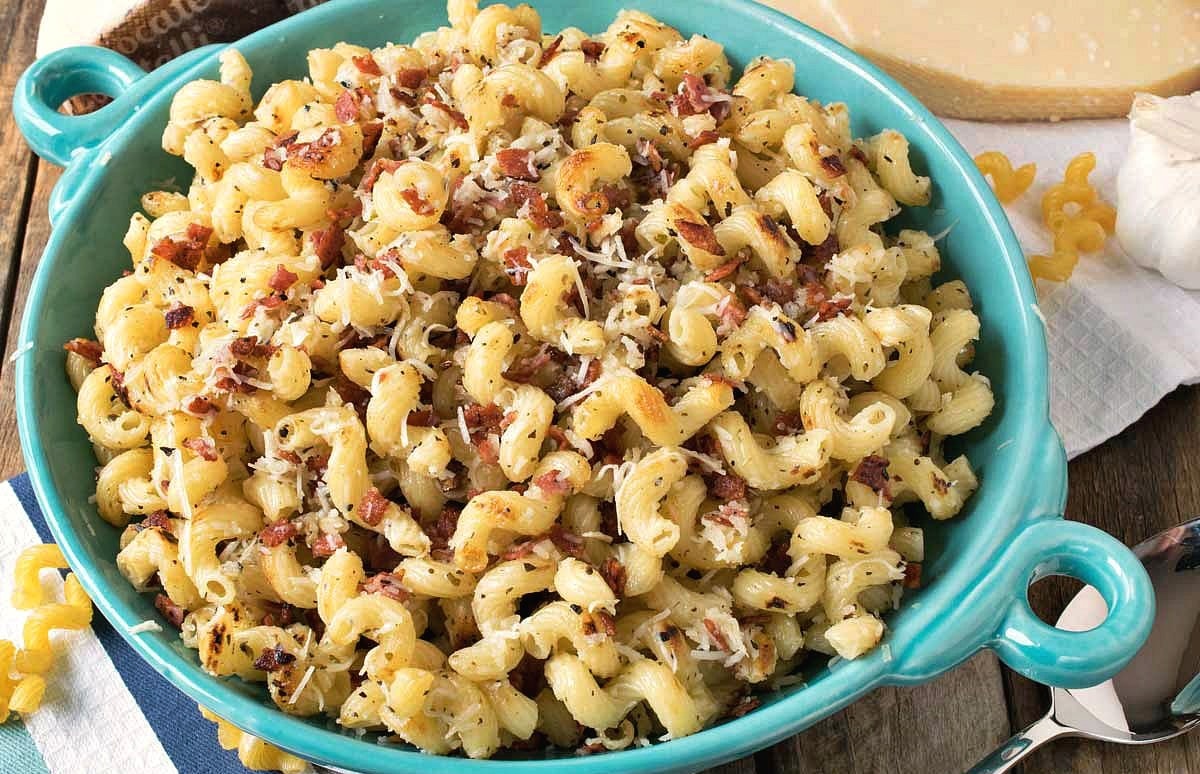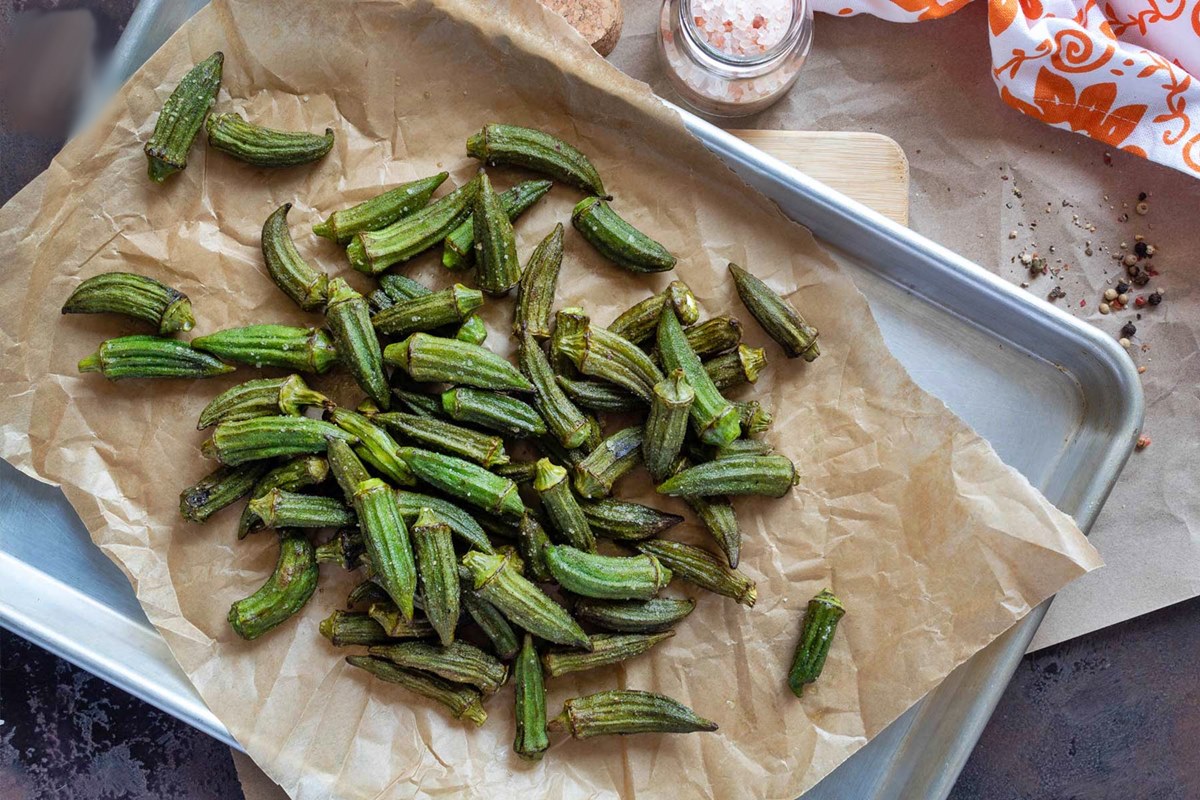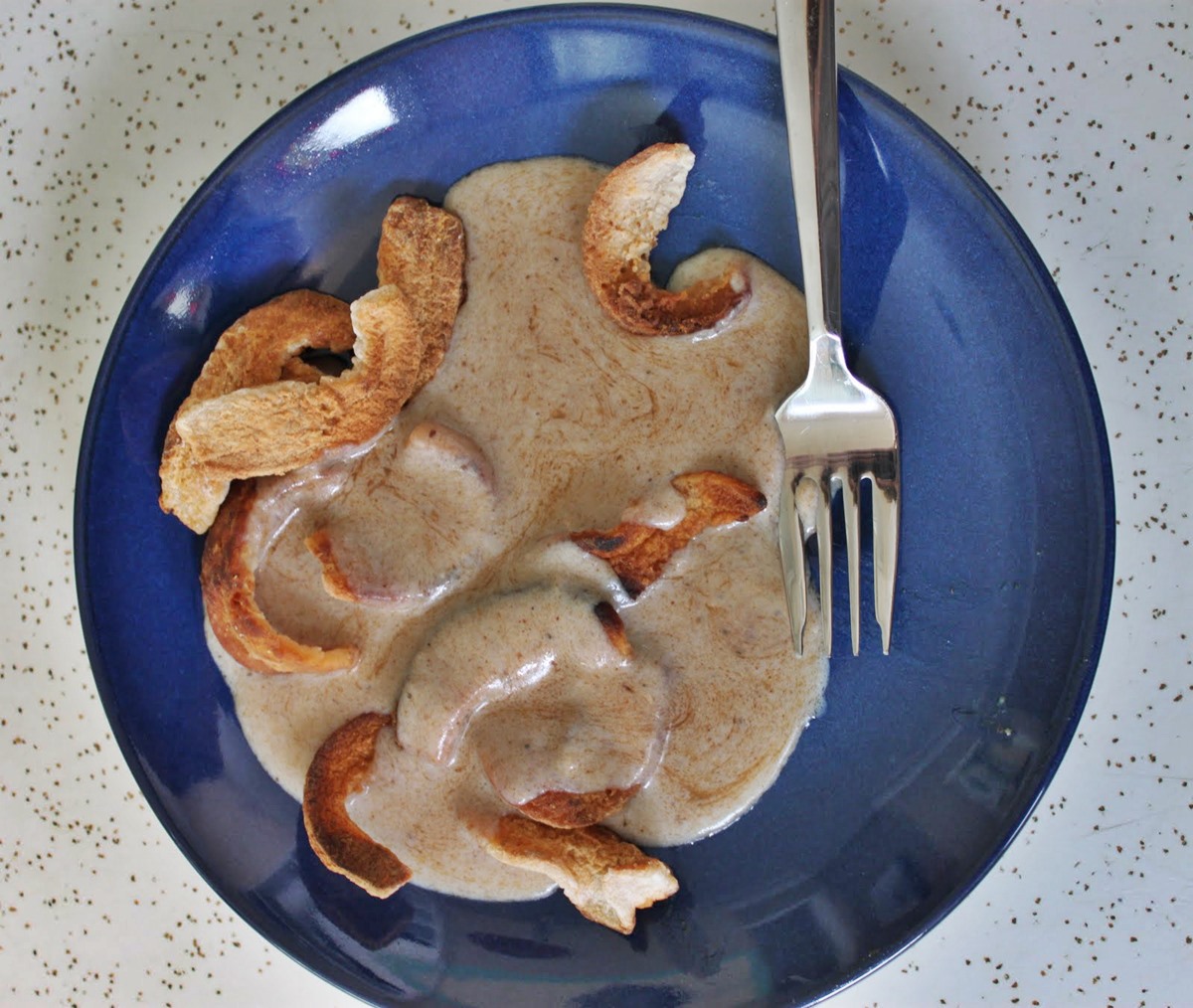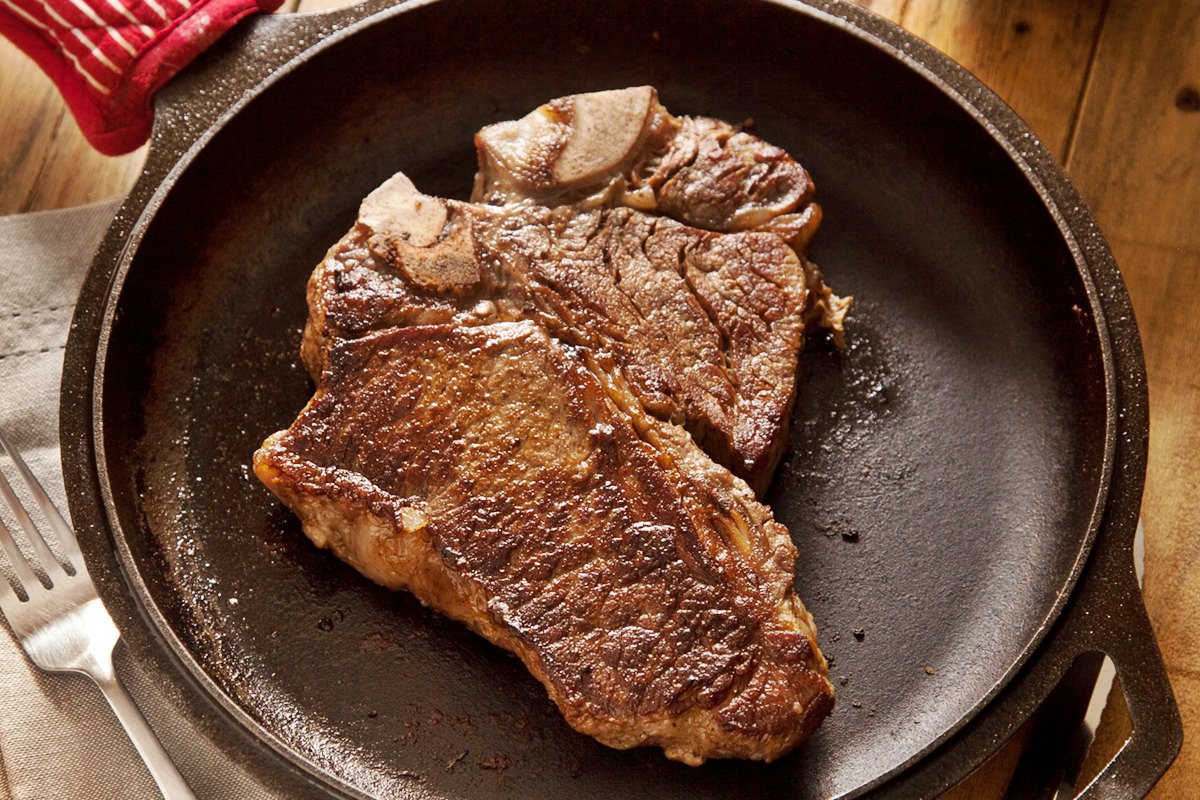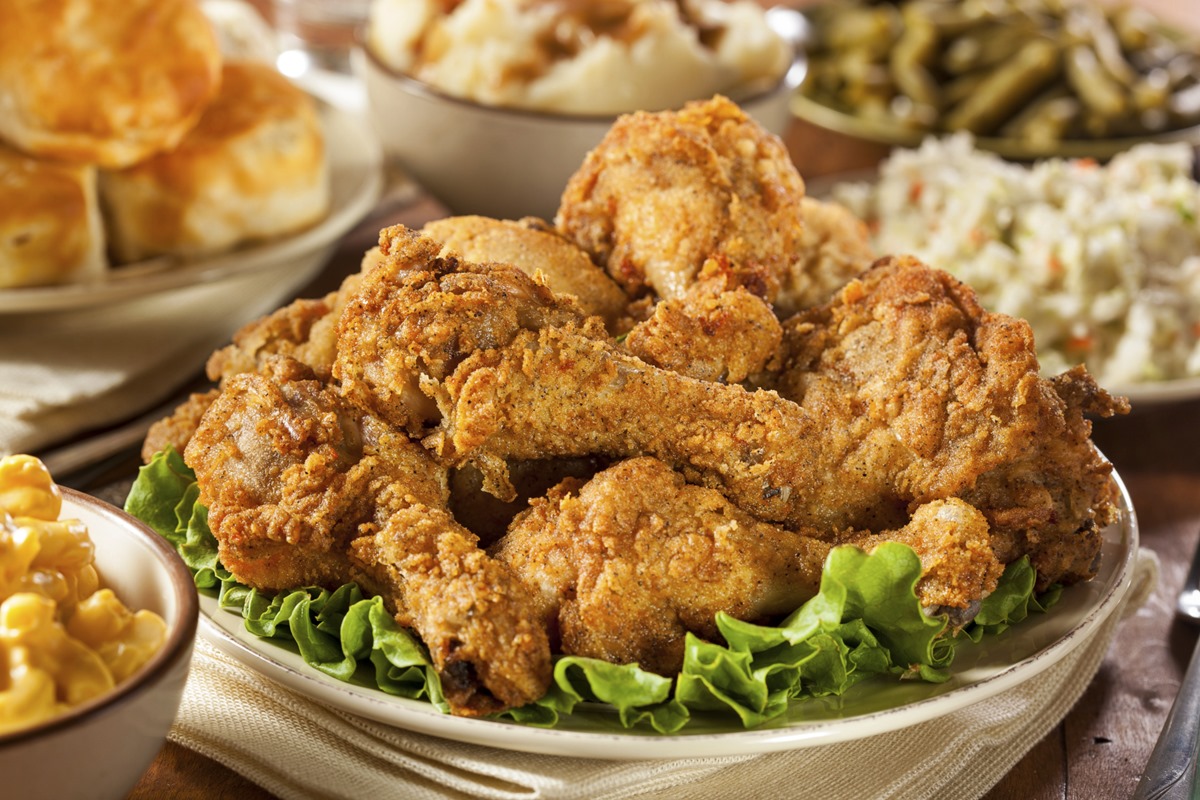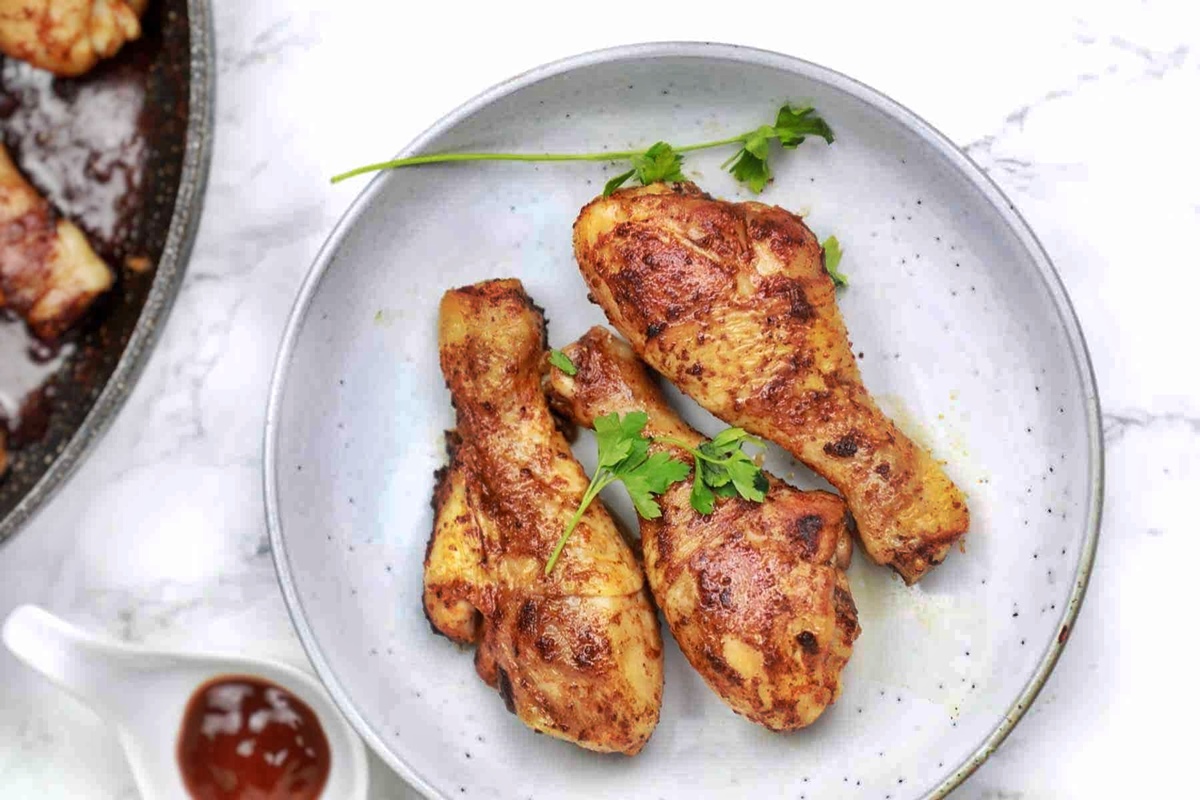How To Fry Frozen Pollock Fillets
When it comes to cooking frozen pollock fillets, frying them can result in a deliciously crispy and flavorful dish. Whether you’re a seafood lover or looking to add more variety to your dinner menu, this easy-to-follow guide will help you achieve perfectly fried pollock fillets every time.
Step 1: Choose Quality Frozen Pollock Fillets
Start by selecting high-quality frozen pollock fillets from a trusted source. Look for fillets that are individually frozen and have a mild aroma. Avoid any fillets with freezer burn or an excessively fishy smell.
- Choose fillets that are firm, with no visible discoloration.
- Consider opting for sustainably caught pollock fillets for an eco-friendly choice.
Step 2: Thaw the Fillets
Before frying, it is important to properly thaw the frozen pollock fillets. Thawing them will ensure even cooking and prevent any moisture from interfering with the frying process. Here are a few ways to thaw the fillets:
- Place the fillets in the refrigerator overnight.
- Submerge the sealed fillets in cold water for a quicker thawing method.
- Use the defrost setting on your microwave for a faster option (follow manufacturer’s instructions).
Step 3: Prepare the Coating
A great crispy coating is the key to excellent fried pollock fillets. You can use a classic breading or experiment with different flavors and textures. Here’s a simple recipe for a flavorful coating:
- Mix together 1 cup of all-purpose flour, 1 teaspoon of paprika, 1/2 teaspoon of garlic powder, and salt and pepper to taste.
- In a separate bowl, beat 2 eggs with a tablespoon of milk.
Step 4: Coat and Fry the Fillets
Now it’s time to coat and fry the pollock fillets to perfection:
- Dip each fillet into the egg mixture, ensuring it is fully coated.
- Transfer the fillet to the flour mixture, pressing gently to adhere the coating.
- Heat a frying pan or skillet over medium heat and add enough oil to cover the bottom.
- Carefully place the coated fillets into the hot oil and fry for about 3-4 minutes on each side until golden brown.
- Remove the fillets from the pan and place them on a paper towel-lined plate to absorb any excess oil.
Step 5: Serve and Enjoy!
Serve the freshly fried pollock fillets with your favorite side dishes, such as crispy french fries, coleslaw, or a fresh green salad. They can also be enjoyed in a sandwich or wrap for a quick and delicious meal. Don’t forget to add a squeeze of lemon, tartar sauce, or your preferred dipping sauce for extra flavor.
This easy and tasty recipe will impress your family and friends with its crispy texture and delicate flavor. By following these simple steps, you’ll master the art of frying frozen pollock fillets in no time. Enjoy your homemade seafood feast!
More Delicious Pollock Recipes to Try
Once you've mastered frying frozen pollock fillets, a variety of delightful recipes await your culinary skills. For a classic dish, try the Classic Fried Pollock Fillets with Tartar Sauce, which pairs perfectly with the crisp texture of fried pollock. If you're in the mood for something with a bit more zest, the Spicy Fried Pollock Sandwich offers a tantalizing blend of flavors. Those looking for a lighter fare might enjoy the Fried Pollock Fish Tacos with Cabbage Slaw, which combines the freshness of cabbage slaw with the savory taste of pollock. Each recipe utilizes the frying technique detailed in the guide, allowing you to expand your kitchen repertoire while enjoying a variety of tasty meals.
Was this page helpful?
Read Next: How To Fry Onions For Burgers
